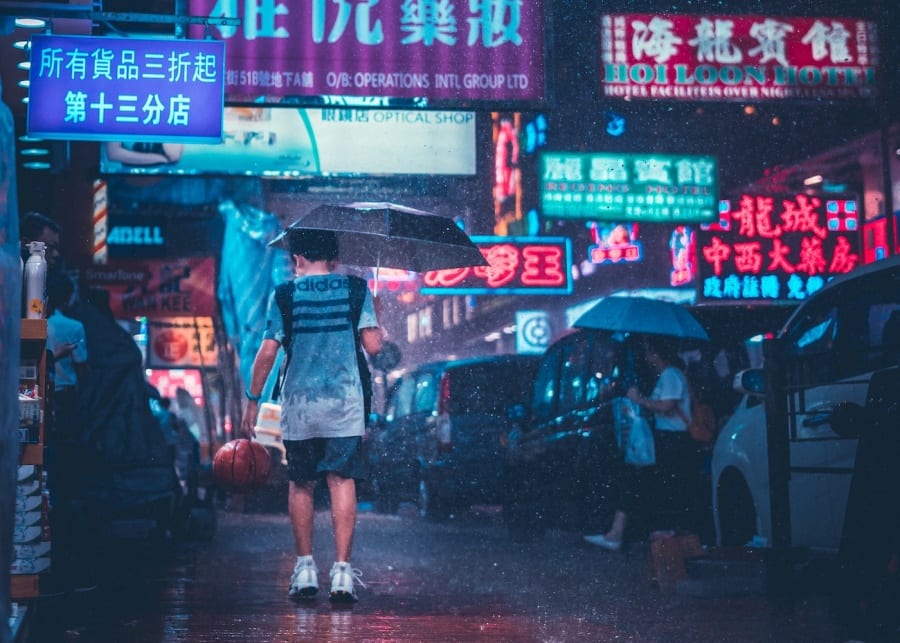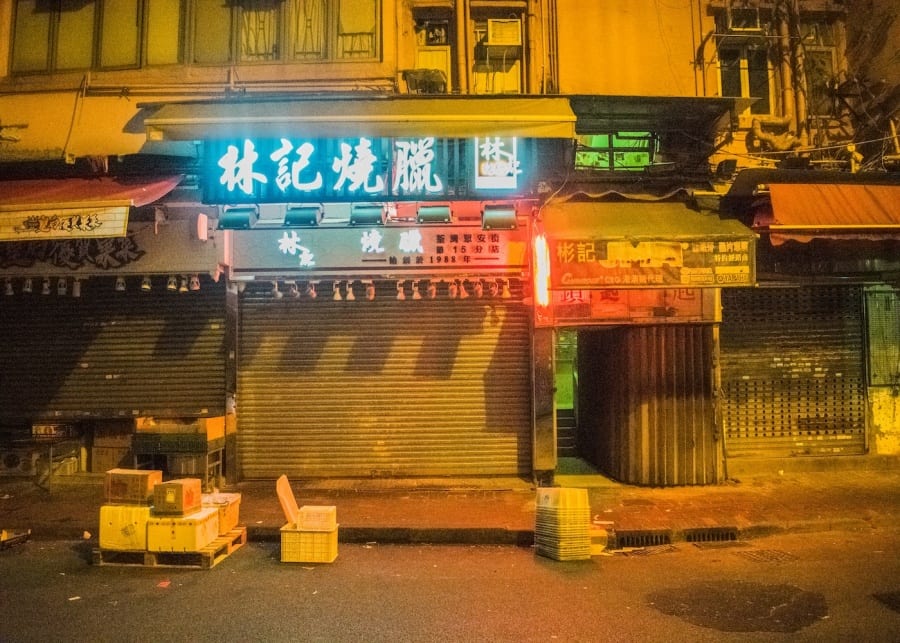
If you’re new in Hong Kong, you may be all question marks about the inverted T, the massive cross on windows, and empty supermarket shelves that start cropping up in May. That’s just some of the signals that it’s Hong Kong’s typhoon season, so get ready to brace yourself for all you need to know!
Sunshine mixed with a little hurricane is an apt description that fits Hong Kong to a T. Living in tropical weather sure blesses you with a plethora of pristine beaches and islands for a sunny day out, but brace yourself for stormy summers that show up uninvited. Don’t be intimidated though, because we’re here to guide you through Hong Kong’s typhoon season. And while a typhoon day off from work may be a thing of the past thanks to technology, it’s good to know what to do when a storm blows through.
Your ultimate guide to Hong Kong typhoon season
The start of May means it’s officially summer and the start of typhoon season in Hong Kong. This season can last all the way to November (but usually doesn’t – thankfully!), while the months that are the most prone to typhoons include July to September, though those residing in Hong Kong know how unpredictable that can be.
Fun fact: the Japan Meteorological Agency names the typhoons – they are short, catchy, distinctive, and relevant to the cultural and geographic areas, so that they’re easy for people to remember.
First, follow the signals…
Typhoon signals will be raised outside apartment buildings, commercial buildings, and shopping malls, so you know what’s going on. It’s a good idea to download the Hong Kong Observatory app too, so that you get notifications straight to your phone. Here’s what the different signals mean:
Typhoon warning signal 1

If a T1 is raised, you can still keep your cool, and chances are you didn’t even notice a storm is approaching, because it’ll still be sunny out with clear, blue skies. This means that a tropical cyclone is centred within about 800 kilometres of Hong Kong and may or may not affect the territory.
Just be on the lookout if the signal is elevated to a higher degree.
Typhoon warning signal 3

Ye, it jumps from one to three. This is the part where folks get excited about a potential day off (though the odds are rarely in our favour). Your day will still remain much the usual, though the sky may be feeling a little under the weather at this point. You can expect winds with a sustained speed of 41-62 kilometres per hour.
Things to note:
- Kindergartens may be closed
- Water activities will be shut
- Advisable to stay away from the shore
- Keep updated on the news
Typhoon warning signal 8

It’s quite rare for a typhoon to hit the number eight, but having said that, it’s important not to undermine the havoc it can cause, especially on outlying islands. With a sustained wind speed of 63-117 kilometres per hour, and gusts reaching up to 180 kilometres per hour, it can cause some serious damage.
Things to note:
- Shut your windows firmly and tape them up
- Remove any laundry hanging outside and any outdoor furniture
- All public transport (including flights) will be suspended – this means no MTR or bus services, but employers will usually let you get home before a T8 hits
- All offices, schools, restaurants, and businesses will be closed
- Avoid seashores at all costs
- Potential landslides and floods in rural areas
- If your building sways, don’t panic! New buildings are built that way to withstand strong winds
The signal will typically be hoisted for about a day, but do stock up on essentials beforehand. There will be prior warning before the signal eight goes up, so there’s still time for you to get back home to a safe space.
Typhoon warning signals 9 and 10

You know the stakes are high when the signal is elevated to the highest. This could mean the typhoon has reached its epicentre in Hong Kong, coming eye-to-eye with the storm, which results in wind speeds of 118 kilometres per hour or above, and gusts may exceed 220 kilometres per hour. The typhoon signal 8 would’ve already been hoisted, so you should be safe and sound at home.
Things to note:
- Stay indoors
- Make sure windows are tightly shut (use strings for loose locks)
- Stay updated on the news
- Expect fallen trees, shattered glass, and transport disruptions when the signal is lifted

Where to stay informed
- Hong Kong Observatory (with live tracking)
- Local news channels
- WhatsApp (for videos of falling trees, cranes, and debris)
Where to get help
- Police or ambulance: 999
- Drainage Services: 2300 1110 (for reporting floods)
- Home Affairs Department: 2835 2500 (for accommodation emergencies)
- Round-the-clock Government hotline: 1823 (for fallen trees, building conditions, and landslides)
Bottom line
In the case of typhoon warning signal eight and above, stay indoors and make sure your windows are shut properly, and that you have ample supply of basic needs beforehand. Hong Kong is well-experienced in handling typhoons, so there’s no need to panic too much – we gotchu (well, the government (usually) does!)
[This article was originally published in May 2021 and was updated in 2023 by Elaine Wong.]

